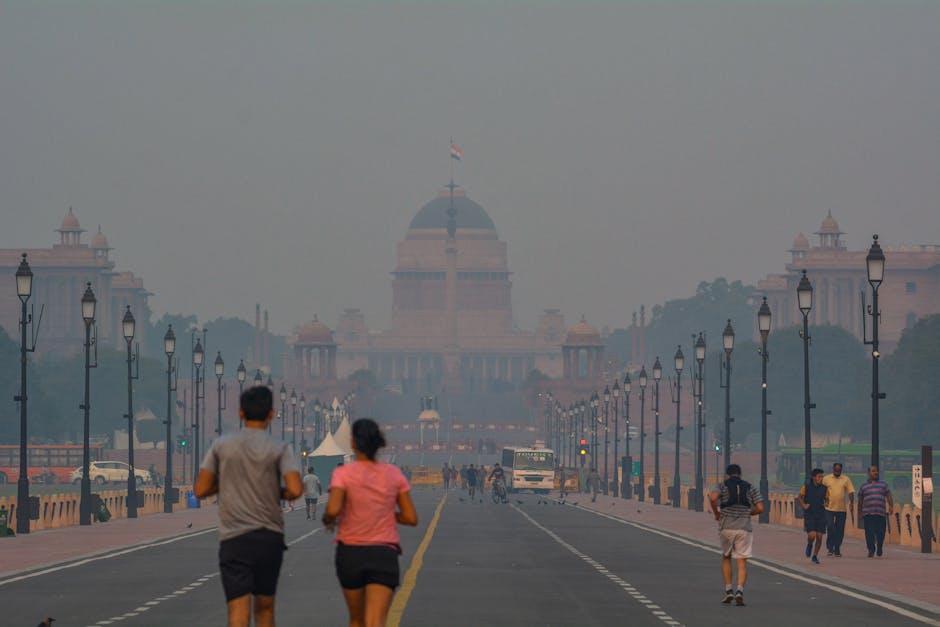Delhi’s Major Dhyan Chand Stadium AQI at 193: Health Alert
The Air Quality Index (AQI) near Delhi’s iconic Major Dhyan Chand National Stadium has reached 193, classified as “Unhealthy” by the Central Pollution Control Board (CPCB). This poses risks for athletes, spectators, and nearby residents in one of India’s busiest sports hubs.
What Does AQI 193 Mean?
An AQI of 193 falls in the “Unhealthy” range (151–200), where sensitive groups—children, elderly, and those with respiratory conditions—may experience health effects like aggravated asthma or breathing discomfort. Primary pollutants include PM2.5 and PM10 from vehicles, construction dust, and industrial emissions.
Why is Pollution High Here?
- Traffic Hotspot: Proximity to India Gate and Connaught Place increases exposure to vehicular emissions.
- Winter Inversion: Cold air traps pollutants, compounded by stubble burning in neighboring states.
- Construction Activity: Ongoing infrastructure projects add particulate matter to the air.
Health Risks for Athletes & Spectators
- Athletes: Reduced lung function, longer recovery times, and impaired performance.
- Visitors: Throat irritation, coughing, and fatigue during outdoor events.
Experts recommend rescheduling training to early mornings when AQI levels are lower.
Government Actions & Gaps
The Delhi government has activated the Graded Response Action Plan (GRAP), including:
– Restrictions on diesel generators.
– Increased road sweeping.
– Traffic diversion measures.
Critics highlight weak enforcement and delayed long-term solutions like electric mobility and stricter industrial norms.
5 Safety Tips for Visitors
- Check Real-Time AQI: Use SAFAR or CPCB apps for hourly updates.
- Limit Outdoor Time: Avoid prolonged exposure, especially post-sunset.
- Wear N95 Masks: Essential for athletes and spectators.
- Stay Hydrated: Helps mitigate throat irritation.
- Support Clean Air Policies: Advocate for green initiatives and sustainable urban planning.
Key Takeaways
Delhi’s pollution crisis demands systemic fixes—from better public transport to cross-state collaboration. While smog towers and GRAP offer short-term relief, lasting change hinges on public awareness and policy reforms.
**




